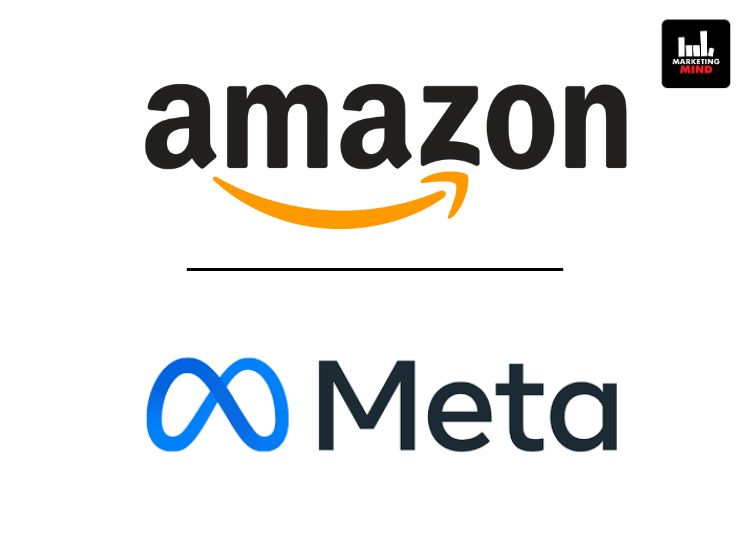According to a new survey by iCubesWire, an ad technology platform, 65% of consumers want brands to collaborate more with regional language influencers.
This emerging trend signals a growing preference for vernacular content creators, offering brands a golden opportunity to connect with audiences through authentic and culturally resonant campaigns. The survey, which involved 913 participants, underscores the increasing importance of regional influencers in shaping consumer opinions, preferences, and buying decisions.
With 30% of respondents finding vernacular influencers more credible than mainstream influencers and 82% emphasising the importance of influencers communicating in their regional language, the results highlight a clear shift towards localised, community-driven marketing.
Key Findings from the Survey:
a) Engagement with Vernacular Influencers: 26% of respondents engage regularly, while 65% engage occasionally.
b) Content Preferences: Top categories include Cultural and Traditional (30%), Technology and Gadgets (22%), and Fashion and Lifestyle (17%).
c) Platform Usage: Instagram (35%) and YouTube (22%) lead as the most popular platforms for following vernacular influencers.
d) Authenticity of Vernacular Influencers: 30% view these influencers as more authentic compared to their English or Hindi-speaking counterparts.
e) Purchasing Decisions: 35% of respondents never make purchases based on vernacular influencers, but 22% do so rarely, and 20% occasionally.
The survey results provide an in-depth look at the audience’s engagement with vernacular influencers. When it comes to the frequency of engagement, 26% of respondents interact with vernacular influencers regularly, while 65% engage occasionally, and 9% never do.
In terms of credibility, 30% view vernacular influencers as more credible than mainstream influencers, with 65% finding them equally credible, and 5% perceiving them as less credible. The most engaging content types in the vernacular space include cultural and traditional topics (30%), followed by technology and gadgets (22%), fashion and lifestyle (17%), food and cooking (9%), entertainment (5%), educational content (4%), while news and current affairs drew no interest.
The importance of regional language in content creation is emphasised, with 39% of participants considering it extremely important, 43% moderately important, and 18% not important at all. Instagram leads as the primary platform for following vernacular influencers (35%), followed by X (Twitter) (26%), YouTube (22%), Facebook (13%), and other platforms (4%).
Regarding authenticity, 30% of respondents find vernacular influencers much more authentic than their English or Hindi counterparts, 52% feel they are about the same, while 18% believe they are less authentic. In terms of purchasing decisions influenced by these influencers, 13% make weekly decisions, 10% are influenced monthly, 20% every few months, 22% once or twice a year, and 35% say they are never influenced.
The motivation for following vernacular influencers is driven by easier understanding and communication (35%), cultural connection and shared values (26%), localized content relevance (22%), and personal relatability (13%), with 4% citing other reasons. Finally, when asked whether brands should focus more on vernacular influencers for regional campaigns, a significant 65% responded positively, 30% remained neutral, and 5% disagreed.
“The findings reveal a pivotal moment for influencer marketing. Brands can no longer ignore the influence of regional content creators who are trusted and followed by millions. By collaborating with vernacular influencers, brands can build deeper connections and drive more meaningful engagement,” Sahil Chopra, CEO and Founder of iCubesWire, said.
















